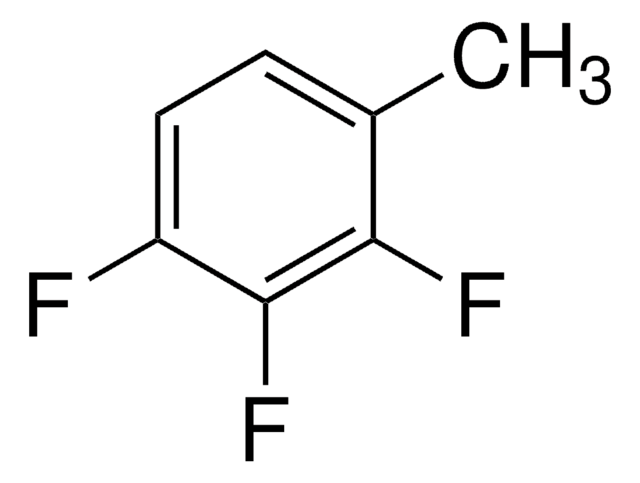342440
Cobalt(II) hydroxide
technical grade, 95%
Synonyme(s) :
Cobalt dihydroxide, Cobalt(2+) hydroxide, Cobaltous hydroxide
About This Item
Produits recommandés
Qualité
technical grade
Niveau de qualité
Pureté
95%
Forme
powder
Densité
3.597 g/mL at 25 °C (lit.)
Application(s)
battery manufacturing
Chaîne SMILES
O[Co]O
InChI
1S/Co.2H2O/h;2*1H2/q+2;;/p-2
Clé InChI
ASKVAEGIVYSGNY-UHFFFAOYSA-L
Catégories apparentées
Description générale
Application
- As an additive in Ni-based rechargeable alkaline batteries, including Ni-Cd and Ni-MH batteries, to improve their electrochemical performance.
- To synthesize reduced graphene oxide/cobalt hydroxide (rGO/Co(OH)2) composite material, which exhibits enhanced electrochemical performance for supercapacitor applications.
- As a electrode material for high-performance supercapacitors. It exhibits high specific capacitance and long cycling stability, making it a promising electrode material for supercapacitors.
Mention d'avertissement
Danger
Mentions de danger
Classification des risques
Acute Tox. 1 Inhalation - Acute Tox. 4 Oral - Aquatic Acute 1 - Aquatic Chronic 2 - Carc. 1B - Eye Irrit. 2 - Repr. 1B - Resp. Sens. 1B - Skin Sens. 1
Code de la classe de stockage
6.1B - Non-combustible acute toxic Cat. 1 and 2 / very toxic hazardous materials
Classe de danger pour l'eau (WGK)
WGK 3
Point d'éclair (°F)
Not applicable
Point d'éclair (°C)
Not applicable
Équipement de protection individuelle
dust mask type N95 (US), Eyeshields, Gloves
Certificats d'analyse (COA)
Recherchez un Certificats d'analyse (COA) en saisissant le numéro de lot du produit. Les numéros de lot figurent sur l'étiquette du produit après les mots "Lot" ou "Batch".
Déjà en possession de ce produit ?
Retrouvez la documentation relative aux produits que vous avez récemment achetés dans la Bibliothèque de documents.
Les clients ont également consulté
Articles
Lithium-ion batteries' characteristics make them popular for electricity storage due to portability, rechargeability, and low cost.
The prevailing strategies for heat and electric-power production that rely on fossil and fission fuels are having a negative impact on the environment and on our living conditions.
Plasmonic nanoparticles have unique optical properties that can be tailored to suit a variety of applications in the biotechnology1–8 and electronics9–16 industries.
Notre équipe de scientifiques dispose d'une expérience dans tous les secteurs de la recherche, notamment en sciences de la vie, science des matériaux, synthèse chimique, chromatographie, analyse et dans de nombreux autres domaines..
Contacter notre Service technique














